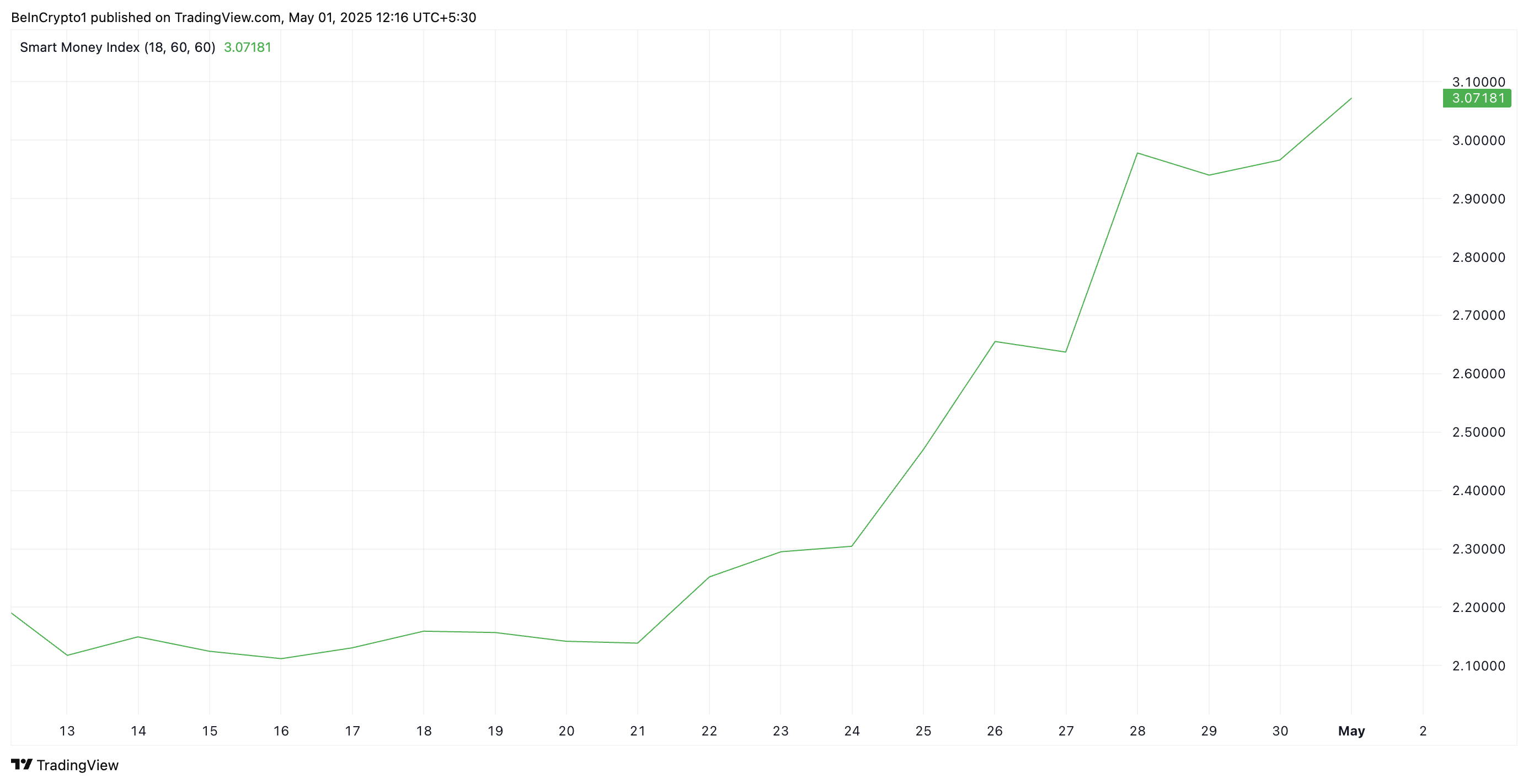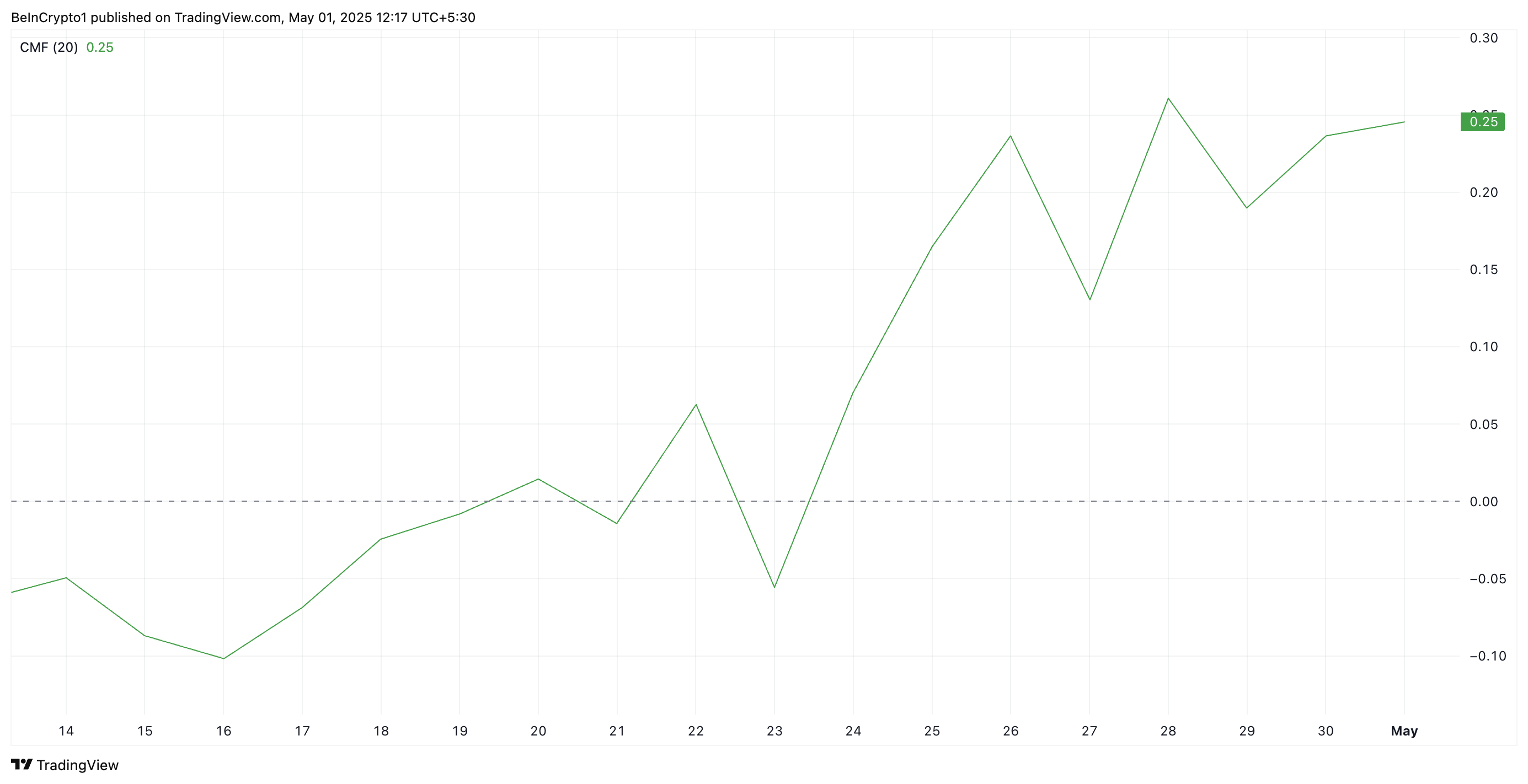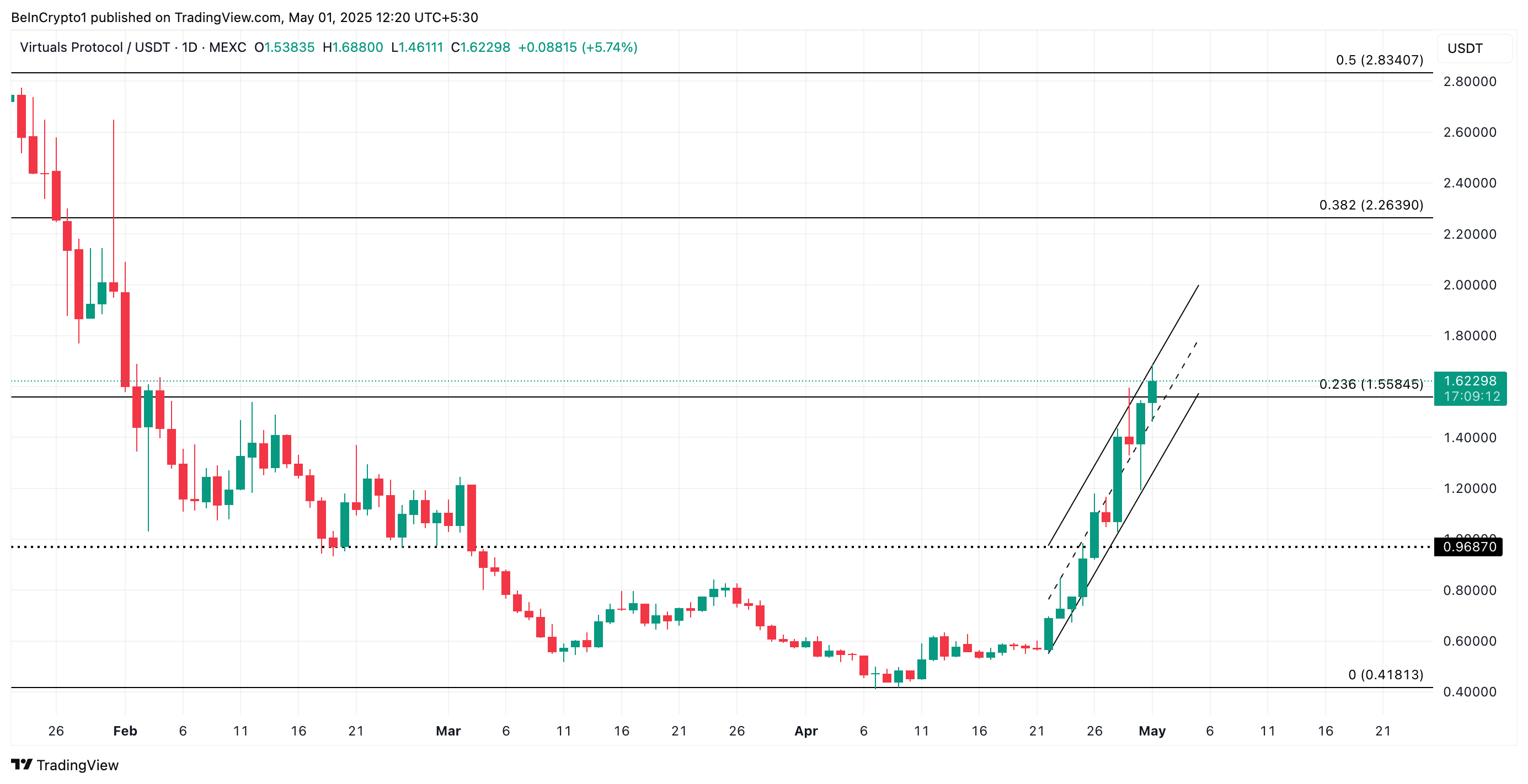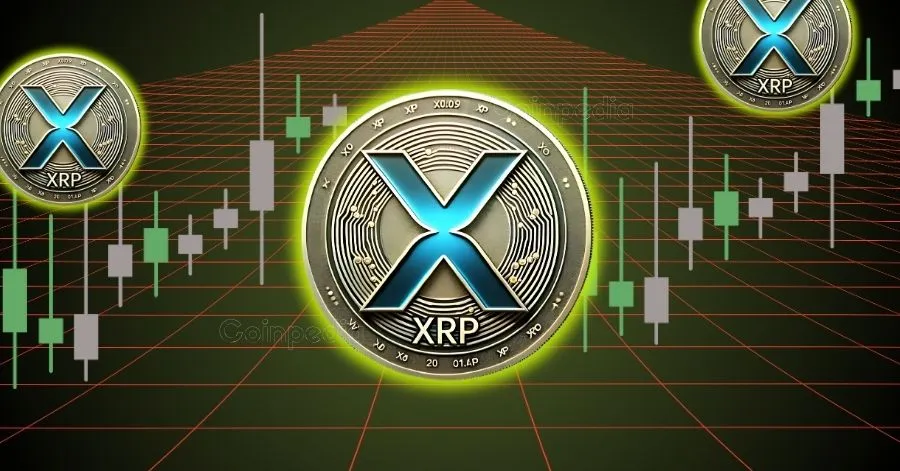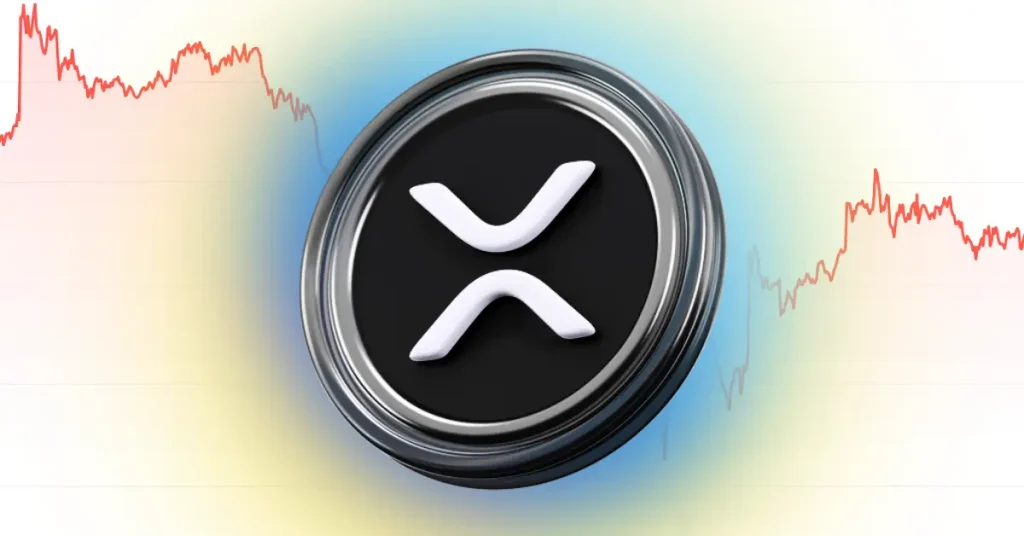
The post Why XRP’s Price Isn’t Reflecting Its True Utility Yet? appeared first on Coinpedia Fintech News
XRP is one of the most utility-driven assets in the crypto space. It powers billions in cross-border payments, settles transactions in just 3 to 5 seconds, and is used by major banks and institutions globally. Despite all this, its price remains underwhelming. A recent post by All Things XRP lays out the reasons why and what could change soon.
OTC Deals Keep XRP Demand Hidden
One of the main reasons XRP’s utility doesn’t impact its price is how it’s being used. Most institutional players acquire XRP over-the-counter (OTC), not through public exchanges. So even though banks are transacting with XRP, that volume doesn’t show up in trading data. This disconnect keeps the price relatively flat despite high utility.
Hidden Road is a Trump Card
But things could soon shift. Ripple recently acquired Hidden Road, a prime brokerage that moves over $3 trillion a year. If even a portion of that volume starts running through the public XRP Ledger (XRPL), the demand would become visible to markets, possibly causing the price to spike. This could finally allow XRP’s real-world use to show up in price charts.
Speculation and ETFs Could Build the Bridge
Traders are paying close attention. The ongoing talks around an XRP ETF and Ripple’s expanding network of CBDC and financial partnerships are boosting sentiment. Speculation acts as a bridge between utility and price, and that bridge is currently under construction. Analysts say there’s an 85% chance of an XRP ETF approval this year, which could attract serious institutional money.
From Infrastructure to Price Impact
Unlike Bitcoin, which is seen as digital gold, XRP functions more like a financial rail. According to Teucrium’s CEO, XRP’s real-world use case might even surpass Bitcoin’s. As crypto markets evolve from hype to utility, XRP stands to benefit.
Many people get stuck on the idea of market cap (price × supply), thinking it limits how high XRP can go. But that’s a misunderstanding. For utility tokens like XRP, what matters most is how useful they are. If XRP becomes essential for global payments, price growth is inevitable, regardless of market cap.
Right now, XRP’s price doesn’t reflect its true potential. But with institutional pipelines growing, more public usage on the horizon, and ETF access likely, the gap between price and utility may soon close. Real-world use could finally drive real price movement.
On the flip side, Versan Aljarrah, CEO of Black Swan Capitalist, claims XRP’s true value has already been set behind closed doors by financial giants like JP Morgan and BlackRock, comparing it to a pre-IPO stock. He believes institutions see XRP as key to global finance and may value it far higher than its current market price, sparking debate over whether retail prices truly reflect its real utility.
Never Miss a Beat in the Crypto World!
Stay ahead with breaking news, expert analysis, and real-time updates on the latest trends in Bitcoin, altcoins, DeFi, NFTs, and more.




